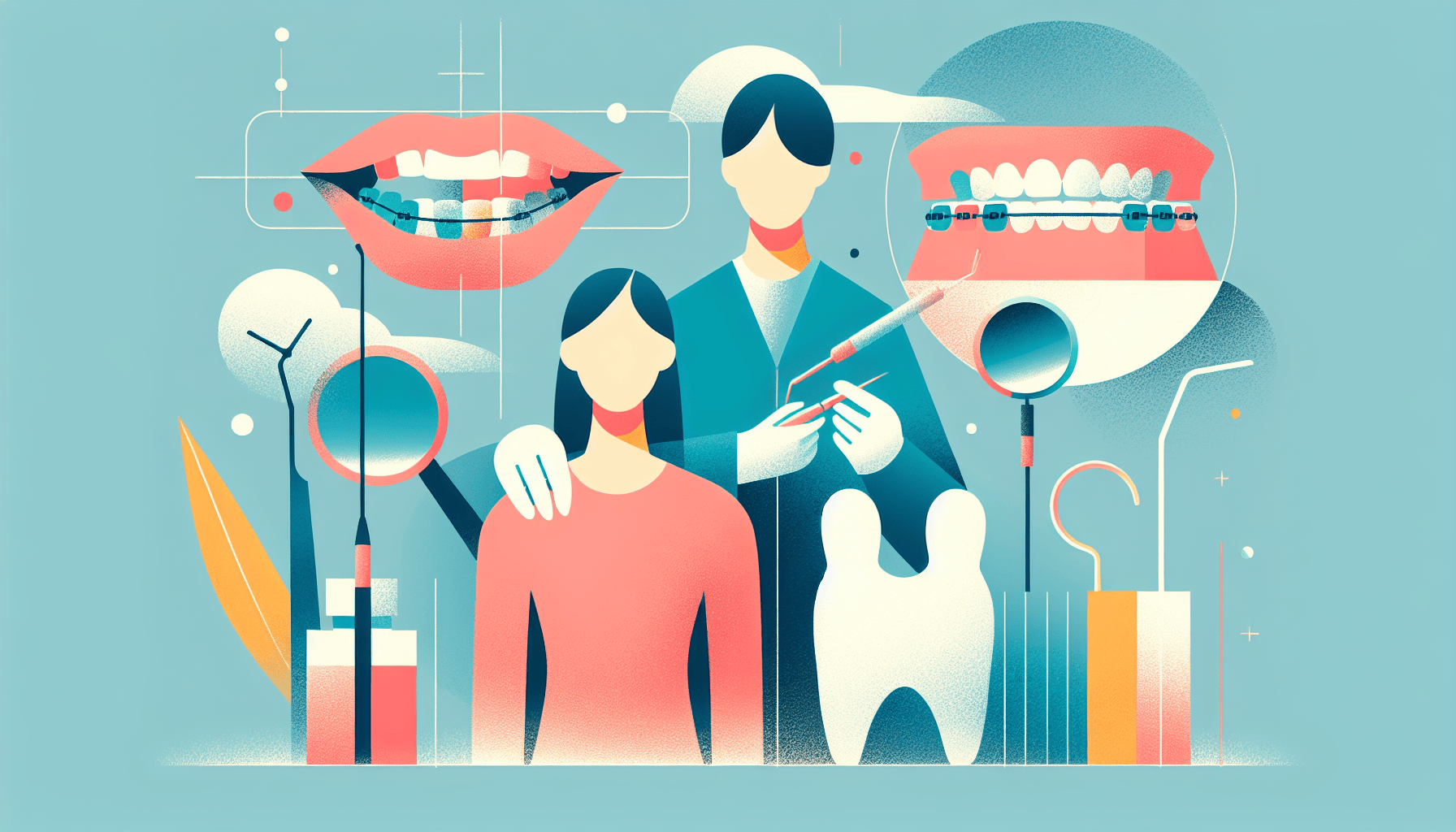Can I Take Zepbound a Day Early?
Key TakeawaysZepbound is a once-weekly injectable medication for weight management and obstructive sleep apnea (OSA) linked to obesity.Taking Zepbound a day early is [...]
Read More
Medically reviewed by Abhijit Bhattacharyya | MD, PhD, MBA, Tufts University School of Medicine - Miami, Florida on November 22nd, 2023.
If you have crooked teeth, crowded teeth, or a misaligned bite, braces may be the solution you need for a healthier, more attractive smile. Braces are dental appliances that apply gentle pressure to your teeth over time, gradually moving them into the desired position. In this article, we'll cover everything you need to know about braces, from the different types available to what you can expect during treatment.
There are several types of braces to choose from, depending on your needs and preferences:
Metal/Traditional Braces: These are the most common type of braces, made of stainless steel brackets and wires. They are the most noticeable but also the most effective.
Ceramic Braces: Also called clear braces, these work just like metal braces but are made of tooth-colored ceramic, making them less noticeable.
Lingual Braces: These braces attach to the backs of your teeth, keeping them hidden from view. They can be more difficult to clean and adjust to than other types of braces.
Self-Ligating Braces: These braces use clips instead of rubber bands to hold the wire in place, which can mean fewer adjustments and less friction.
Clear Aligners (Invisalign): A popular alternative to traditional braces, clear aligners are removable plastic trays that fit over your teeth. They are nearly invisible and can be removed for eating and cleaning.
Braces consist of brackets that are attached to your teeth, and wires that connect the brackets. The wires are tightened over time, putting pressure on your teeth and gradually moving them into the correct position. You may also have rubber bands, springs, or other appliances to help with the process.
Treatment with braces typically takes 1-3 years, depending on the severity of your case. You will need to visit your orthodontist every 4-8 weeks for adjustments and progress checks.

Proper oral hygiene is especially important when you have braces. Food can easily get stuck in the brackets and wires, leading to plaque buildup and tooth decay. To keep your teeth and gums healthy:
Brush your teeth after every meal with a soft-bristled toothbrush and fluoride toothpaste.
Use a Proxabrush or "Christmas tree" brush to clean between the braces.
Floss daily using a floss threader or orthodontic flosser.
Avoid hard, sticky, and chewy foods that can damage your braces.
Visit your dentist regularly for cleanings and checkups.
If a bracket or wire breaks, contact your orthodontist right away to schedule a repair. In the meantime, you can use orthodontic wax to cover any sharp edges and relieve irritation.
Once your braces come off, your teeth will be straight, but they won't stay that way on their own. You'll need to wear a retainer to keep them in their new position. Retainers can be removable or fixed, and you'll typically wear them full-time for 4-6 months, then only at night after that.
To keep your retainer clean, brush it daily with a soft toothbrush and soak it in a denture cleanser once a week. Avoid exposing it to heat, which can warp the plastic.
If you're considering braces for yourself or your child, the first step is to schedule a consultation with an orthodontist. They will examine your teeth, take X-rays and impressions, and recommend the best course of treatment for your individual needs.
The cost of braces varies depending on the type of braces and the length of treatment, but you can expect to pay several thousand dollars. Many orthodontists offer payment plans and accept insurance to help make treatment more affordable.
Remember, a straight, healthy smile is an investment that can last a lifetime. With proper care and maintenance, your braces will give you the confidence to show off your smile for years to come.
For more information on braces and orthodontic treatment, visit:
Key TakeawaysZepbound is a once-weekly injectable medication for weight management and obstructive sleep apnea (OSA) linked to obesity.Taking Zepbound a day early is [...]
Read MoreKey TakeawaysZepbound is an FDA-approved medication for chronic weight management in adults with obesity or overweight, and for moderate to severe obstructive sleep apnea [...]
Read MoreKey TakeawaysZepbound is a once-weekly injectable medication that supports weight loss by activating hormone pathways regulating appetite and digestion.After the first dose, [...]
Read More